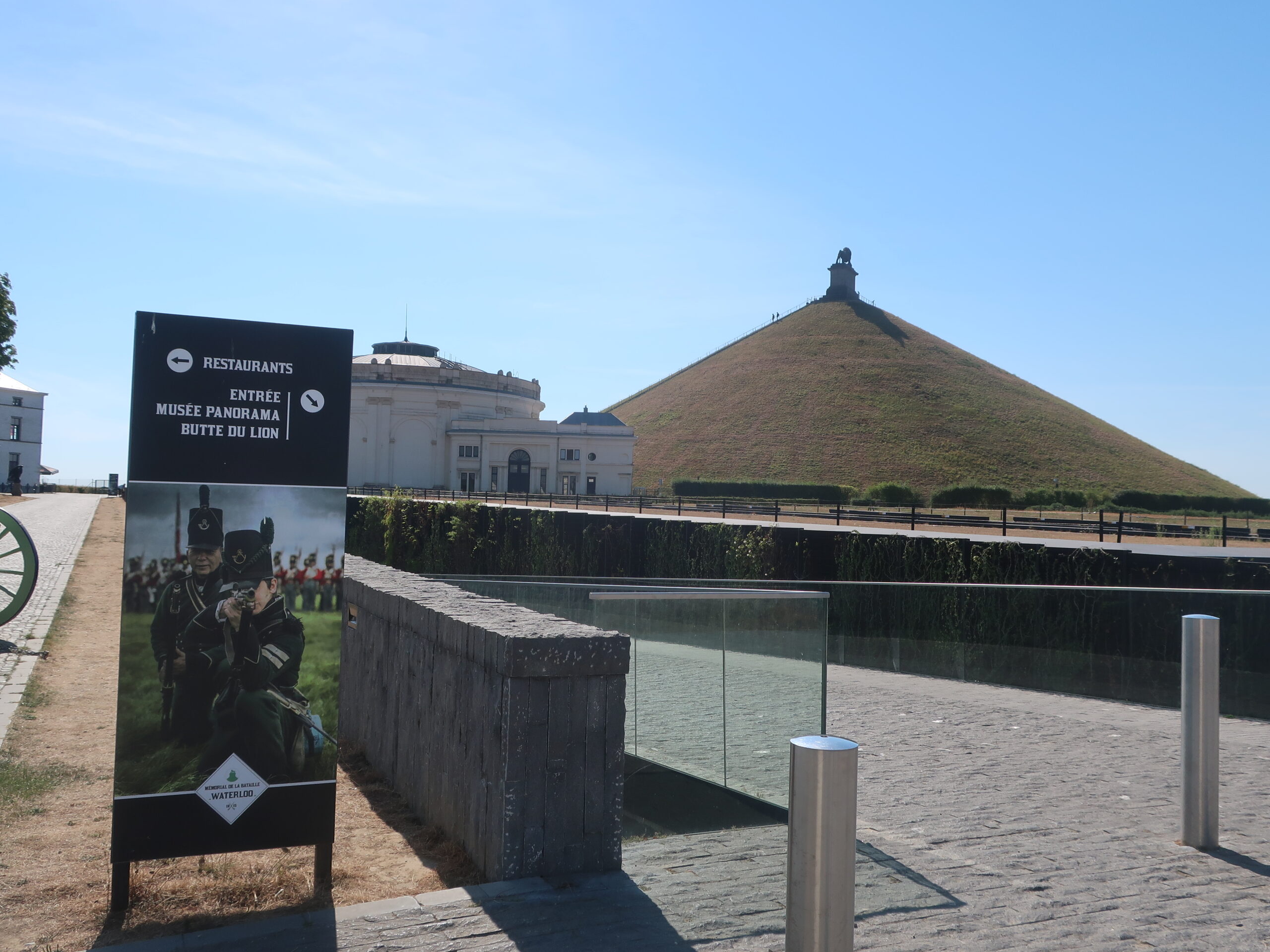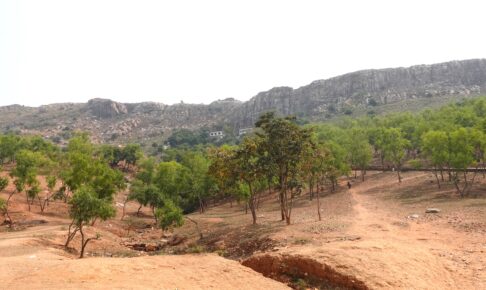Travelogue of Belgium] (16) Visiting Waterloo, the site of Napoleon's defeat - the ancient battlefield that Hugo went to great lengths to visit in order to complete the Remisée.
After leaving Paris, I headed for Waterloo, an ancient battlefield in Belgium.
It takes about one hour by bus from Brussels, the capital of Belgium.
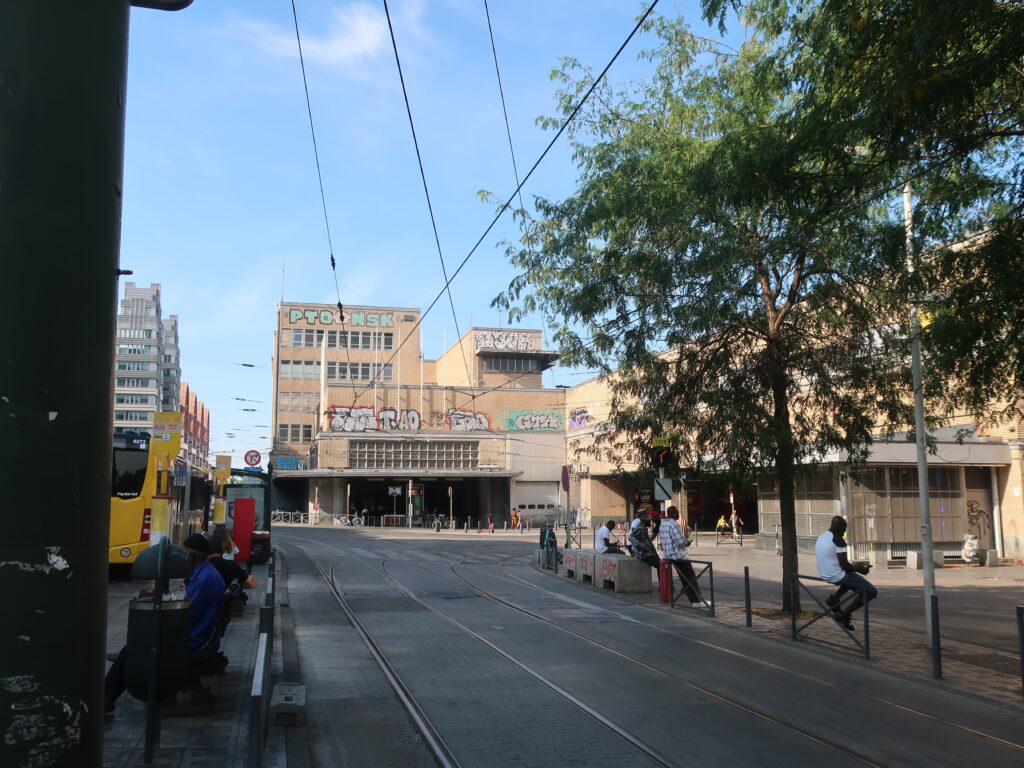
We boarded the train from the bus stop at Brussels South Station. Brussels was more desolate than I had imagined, or to put it worse, it had a dirty atmosphere, and I felt uneasy about security.
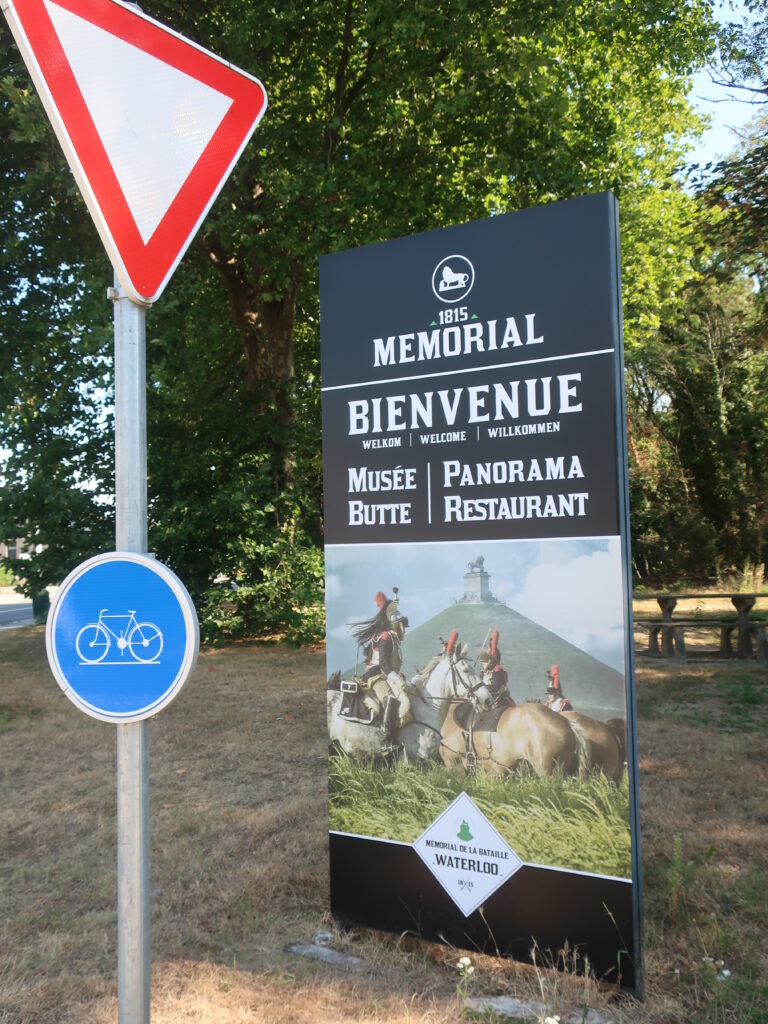
We arrived at the bus stop near the old battlefield of Waterloo. I made the mistake of not knowing where the bus stop was and missed getting off and ended up at the end of the line, but I managed to get there. It is difficult to take a bus on a local route for the first time.
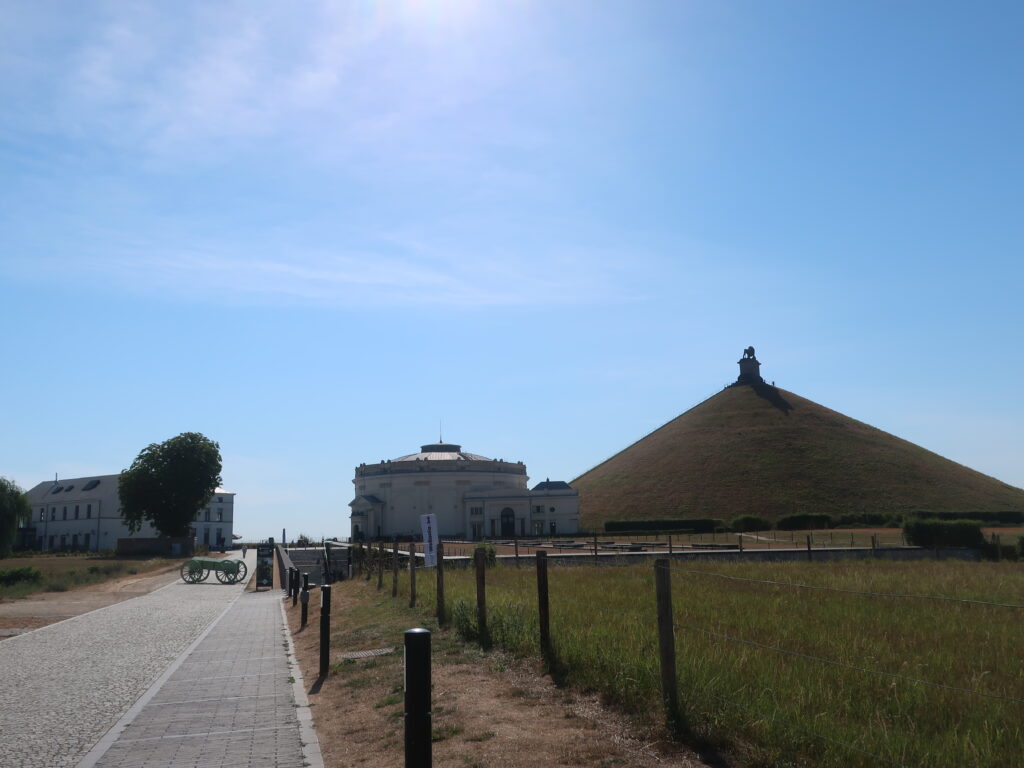
The small mountain on the right is the monument at Waterloo called "Hill of the Lion Statue".
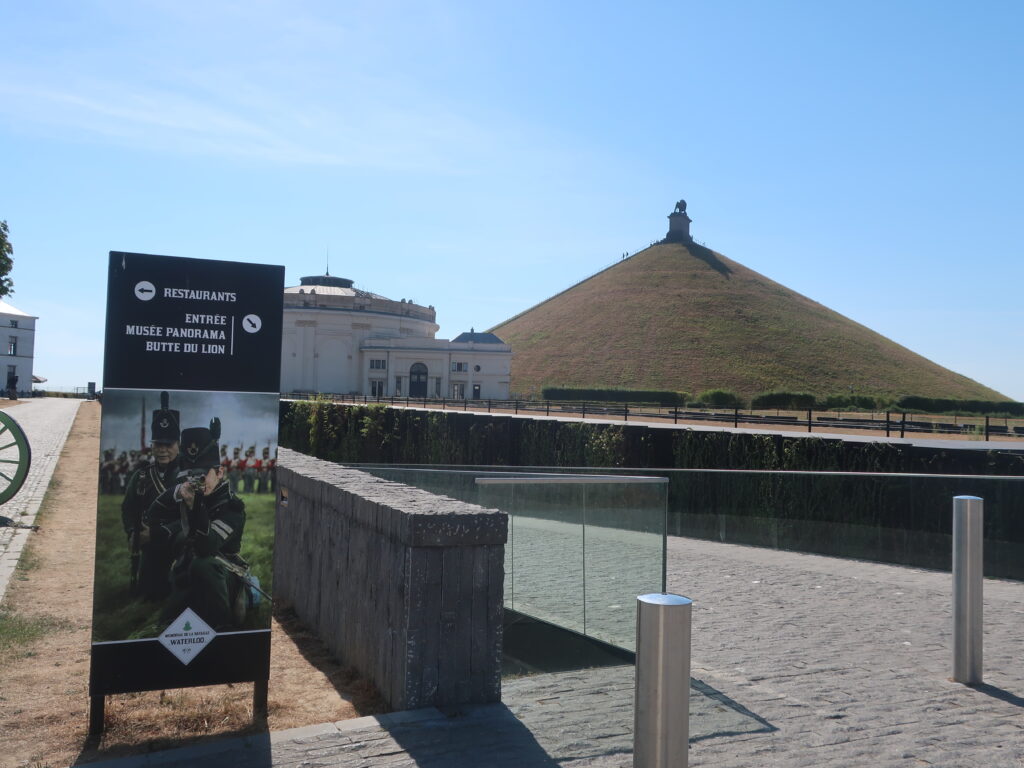
This old battlefield of Waterloo has a large museum where visitors can take the time to learn about the history of the battle.



After visiting the museum and passing through the building, the hill with the lion statue appears right in front of you.
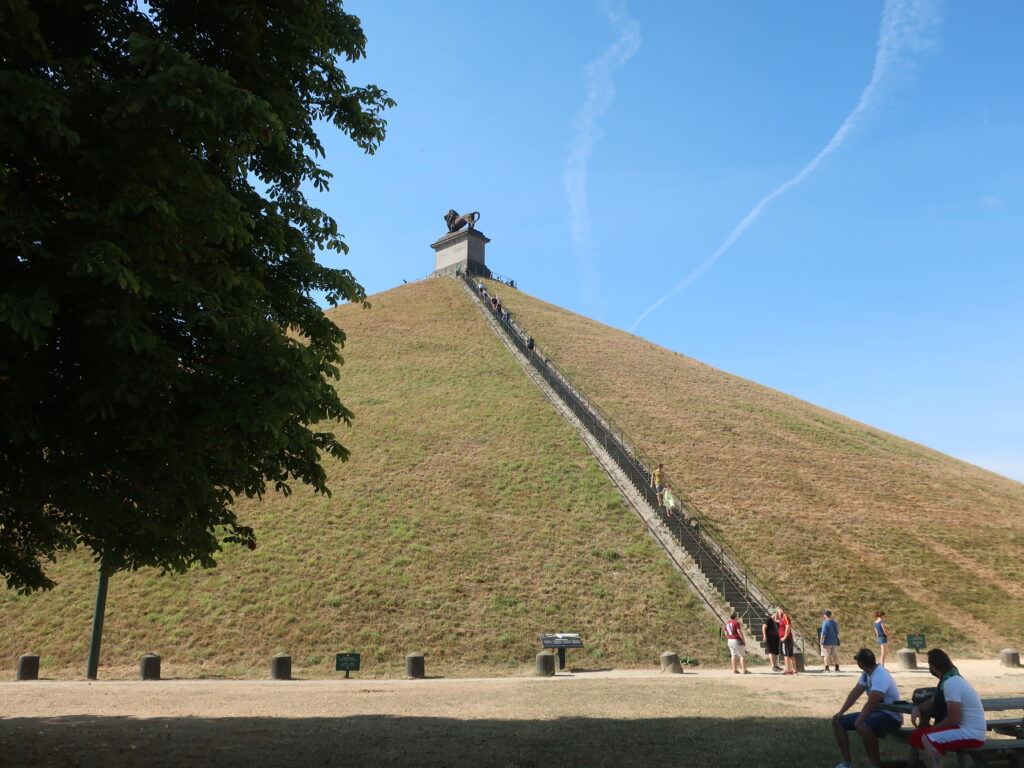
The more I look at it, the more it reminds me of Mt. I decided to try to reach the summit in the blazing sun of nearly 35 degrees Celsius.
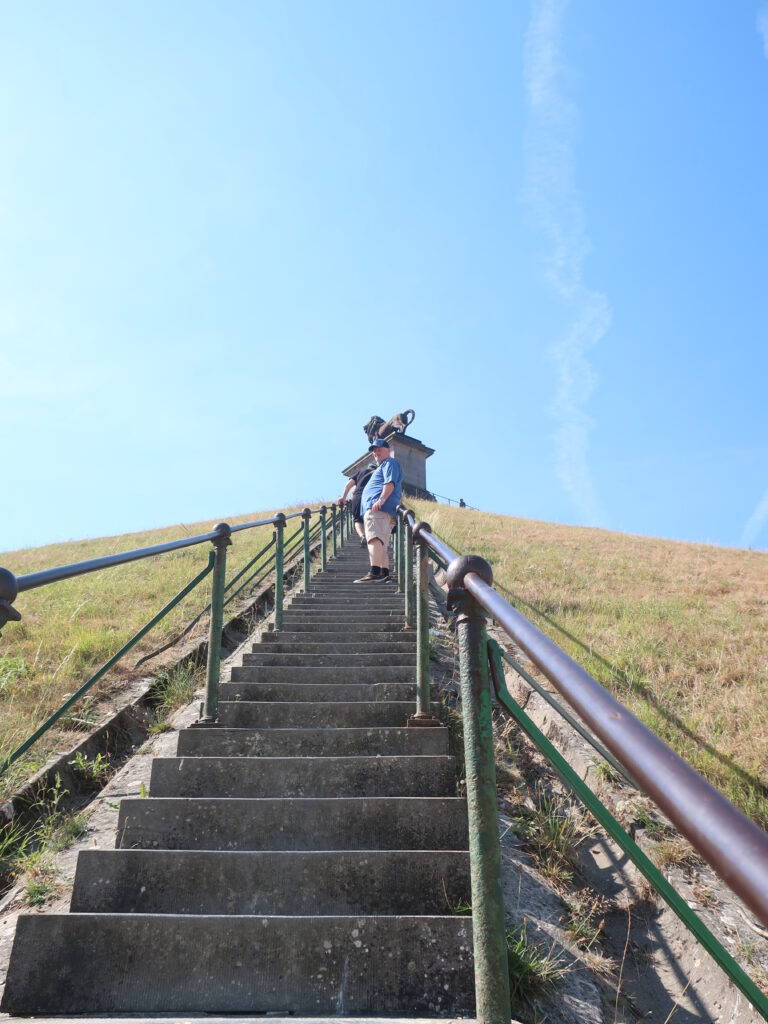
The stairs are steeper than I imagined. This was quite demanding! It was quite strenuous to climb up these in the blazing sun.
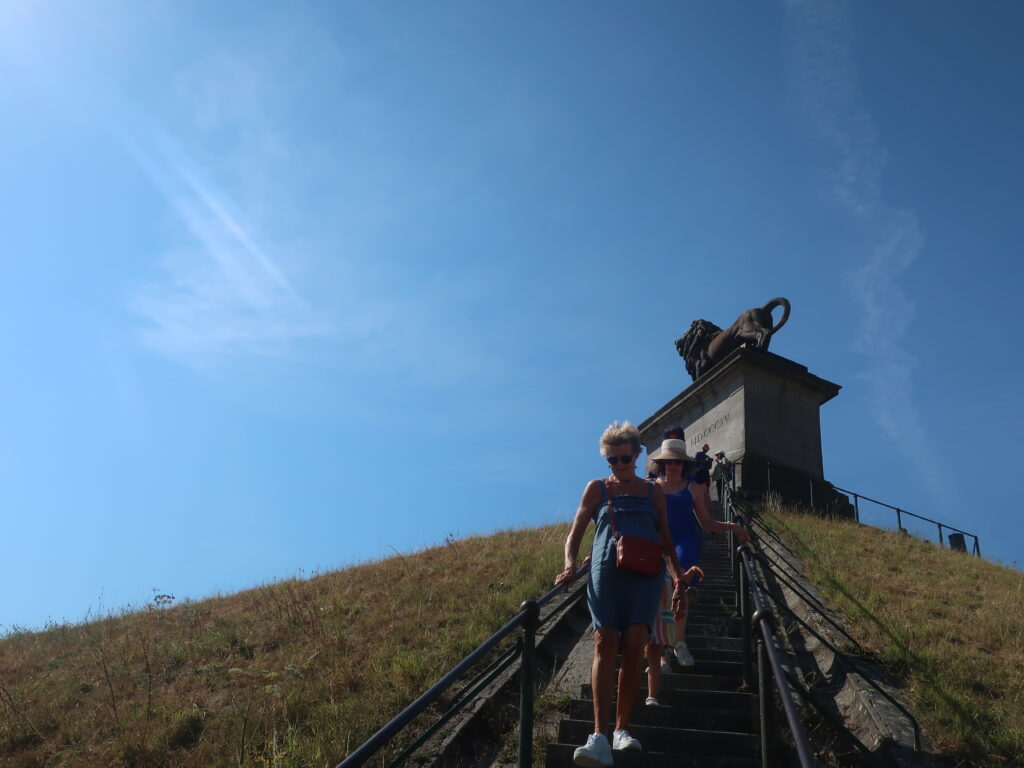
Soon we will reach the summit. The lion statue is right in front of you.

Looking down from above. The photo doesn't do justice to the steepness of the steps, but it is quite an accomplishment.
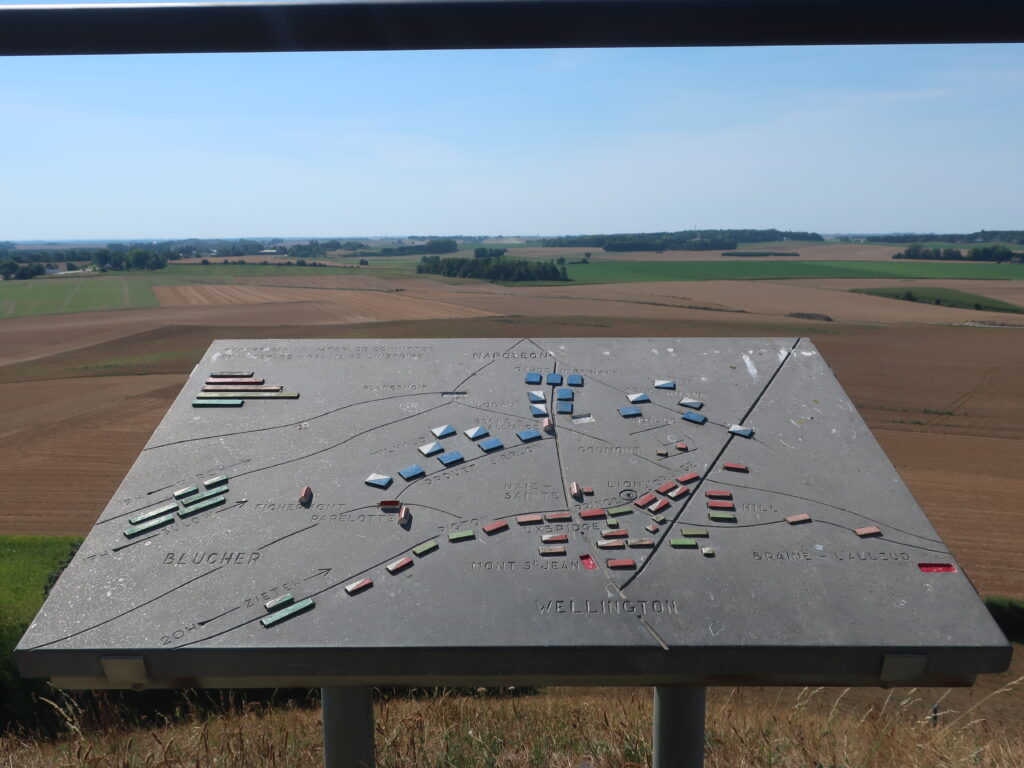
Around the lion statue is an observation deck, which provides a 360-degree view of the old battlefield of Waterloo. It even shows the positions of each camp, as shown in this photo, which is very helpful.
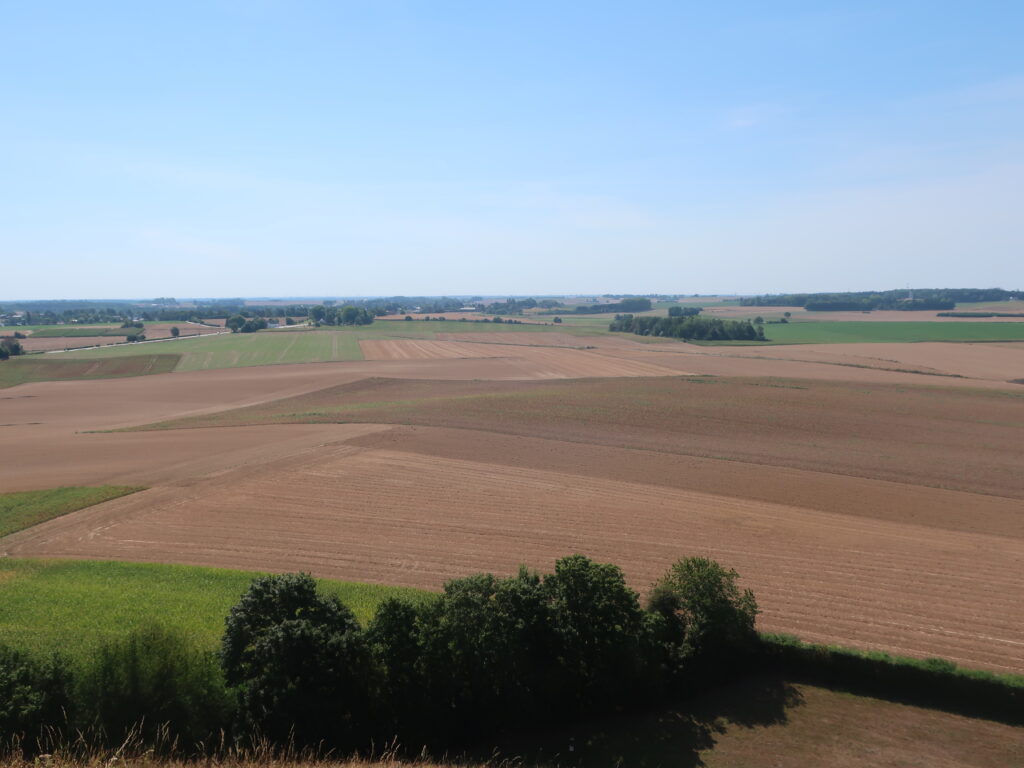
Waterloo as seen from Lion Hill, where Napoleon's final battle was fought in 1815.
And Hugo came all the way here.Les Miserables.He finished the last draft of the manuscript.
In fact, Hugo was forced into exile on the British island of Guernsey after Napoleon III became Emperor of France in 1852. It was during his exile that he wrote "Les Miserables. Unable to visit his hometown, Hugo chose Waterloo as the place to finish his great work.
Why Waterloo? Only he knows the truth.
But there is no doubt that Hugo was keenly aware that European history had restarted with Napoleon's defeat at Waterloo.
It was fate that he was defeated.
Why, then, was it destined to be defeated? If it was destiny, what fate would befall France and Europe in the future? This must have been Hugo's major concern. I think it is very significant that he came all the way here to finish writing L'émisé.
Les Misérables" is a five-volume epic. It took him more than ten years from the time of his conception to write this work. However, not all of this great work was written in order. The "Battle of Waterloo," which is depicted at the beginning of the second volume, was left until the very end of the work.
Hugo did not simply complete his remise here.
He intentionally saved the "Battle of Waterloo" section at the beginning of the second volume, and went to the trouble of finishing the Remisé manuscript at the old battlefield of Waterloo.
This episode shows how much Hugo was attached to the existence of Napoleon and Waterloo.
The significance of bringing the Battle of Waterloo, which brought about the beginning of the post-Napoleonic world, to the finish of the manuscript of "Les Miserables". I suspect that this has no small amount of significance.
be unbroken
Next Article.
Click here to read the previous article.
Related Articles











